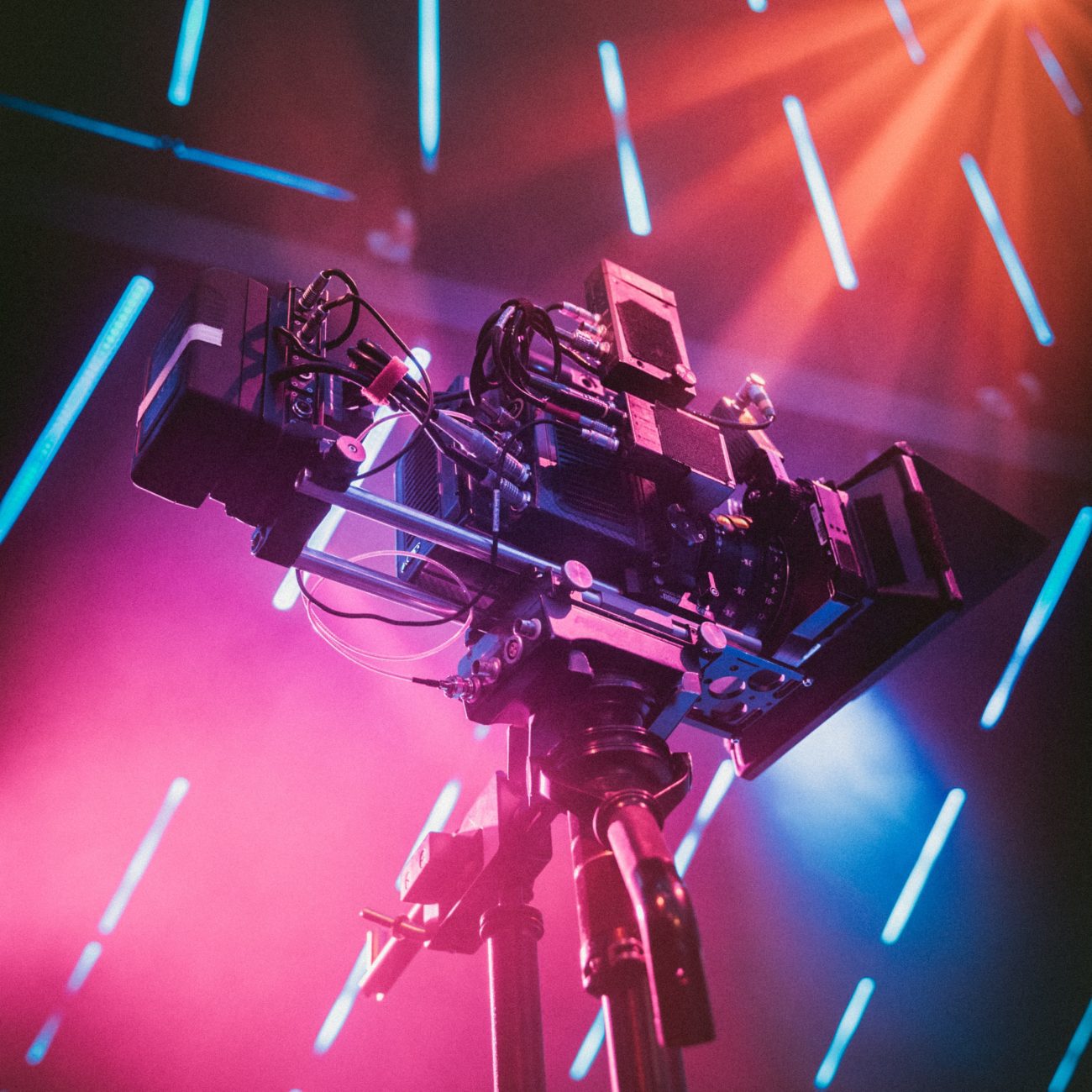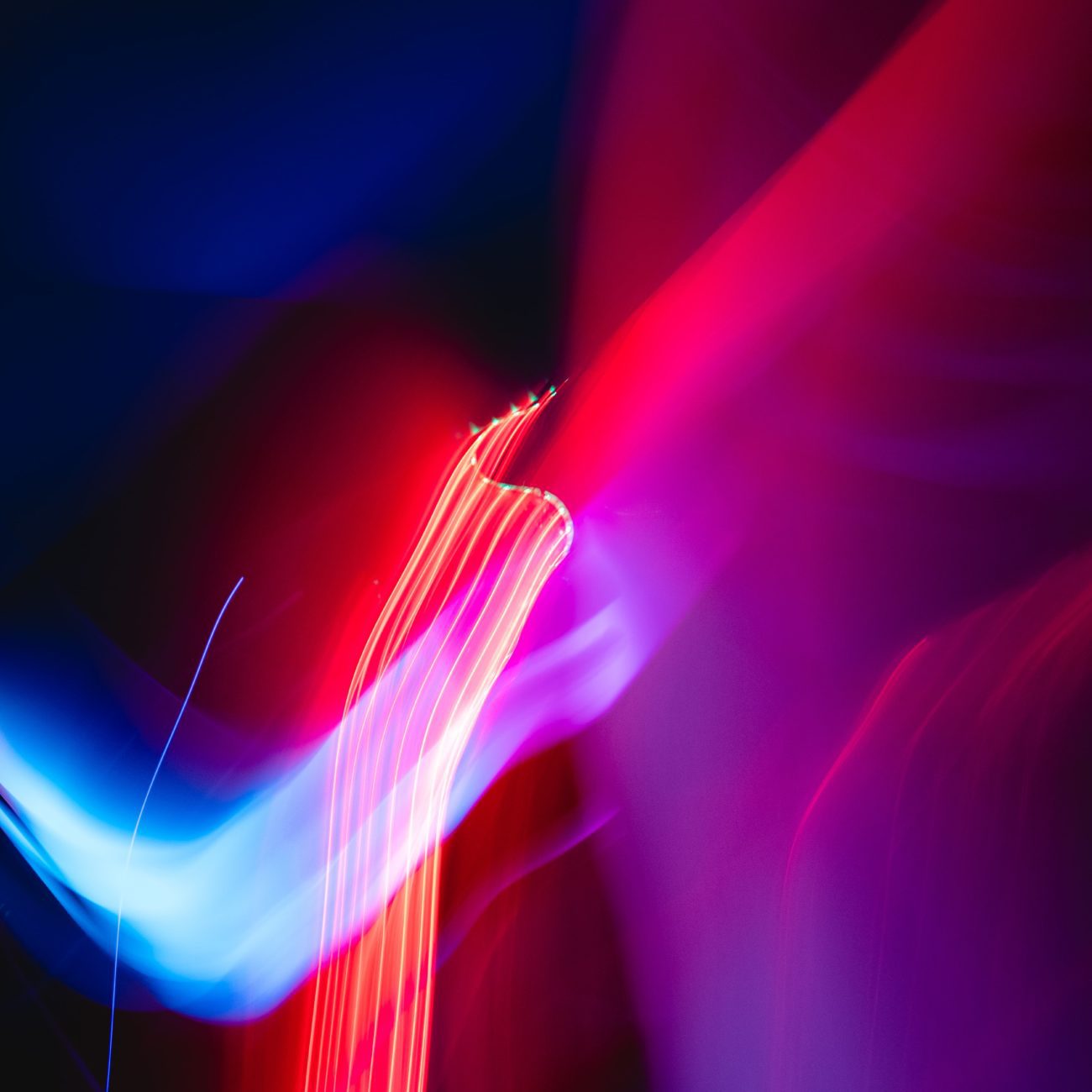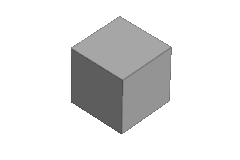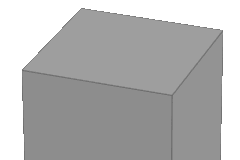
FULLY PROCEDURAL
Houdini is built from the ground up to be a procedural system that empowers artists to work freely, create multiple iterations and rapidly share workflows with colleagues.
- Overview
- FX Features
- CORE Features
- SOLARIS
Flexible
Node-Based Workflow
In Houdini, every action is stored in a node. These nodes are then “wired” into networks which define a “recipe” that can be tweaked to refine the outcome then repeated to create similar yet unique results. The ability for nodes to be saved and to pass information, in the form of attributes, down the chain is what gives Houdini its procedural nature.
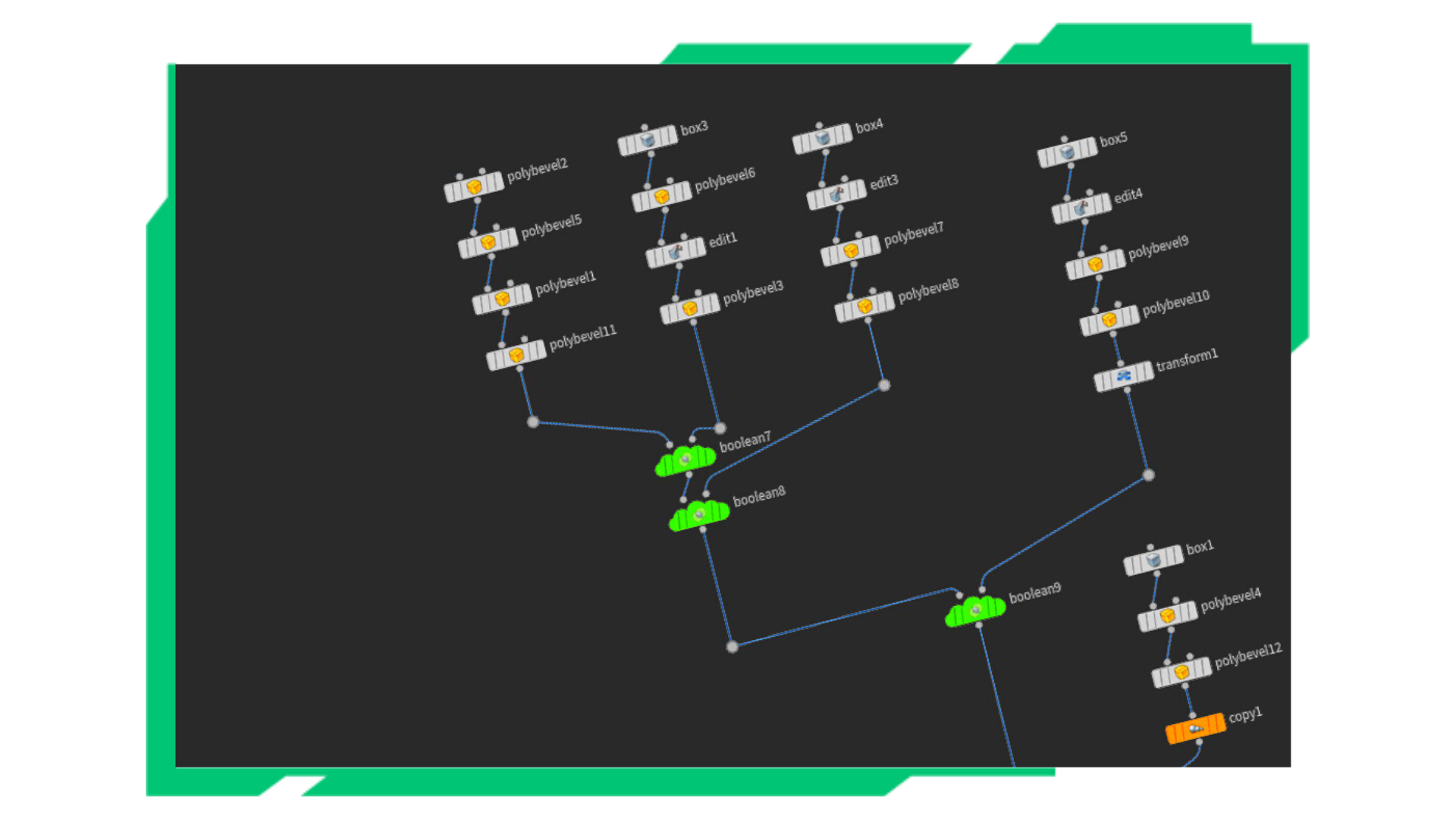
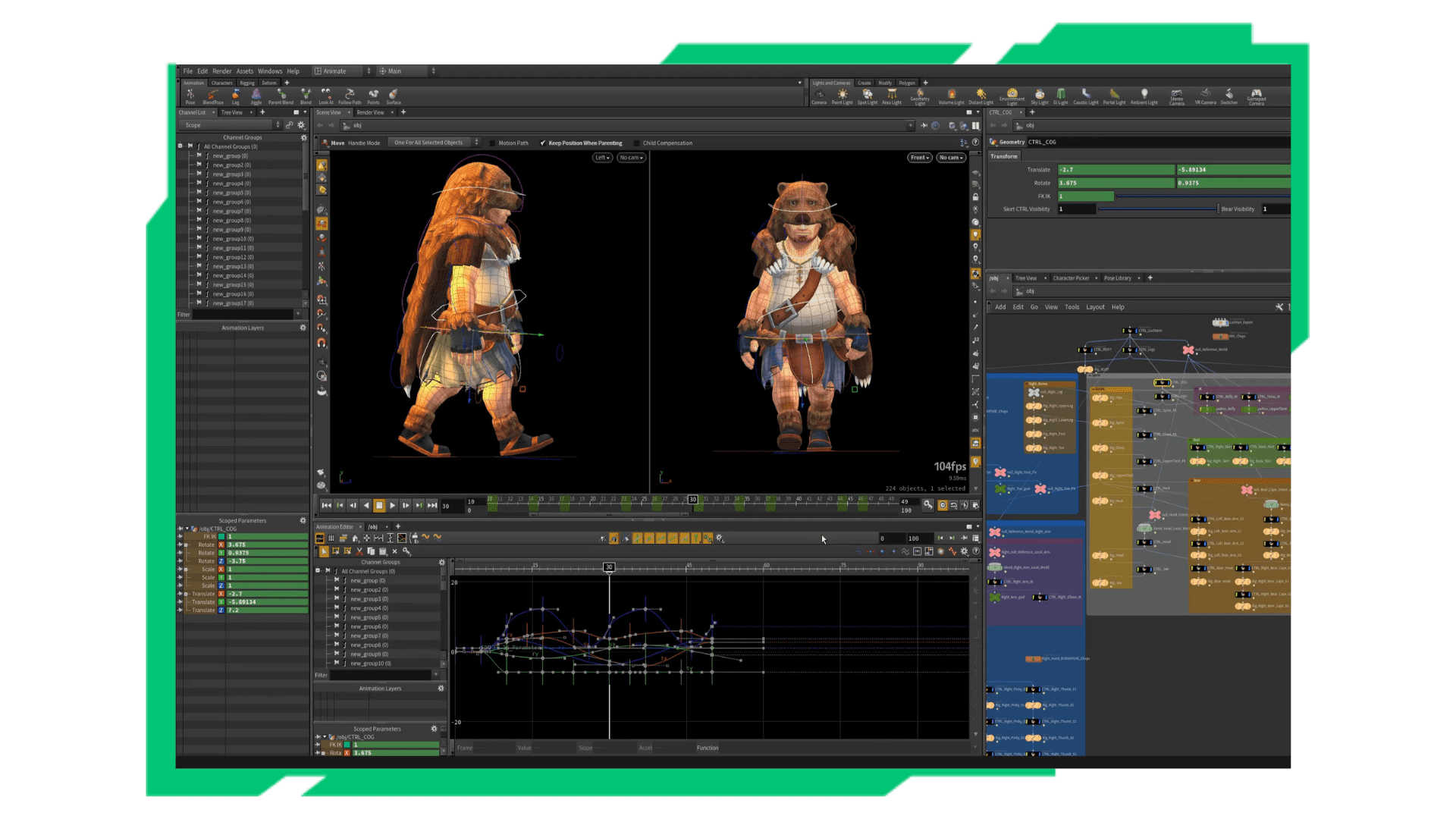
iNTUITIVE
Artist Friendly Tools
While the nodes are what makes Houdini unique and give it power, there are lots of viewport and shelf tools that allow for artist-friendly viewport interactions. Behind the scenes, Houdini builds up the nodes and networks for you. Houdini lets artists explore different creative paths because it is easy to branch off a new node to explore alternative solutions.
NEXT LEVEL
VFX & Simulation
Visual effects artists gravitate to Houdini because its procedural workflow is ideal for creating sophisticated particle and dynamic simulations. Effects are typically designed to react to actions taking place in a shot and a procedural solution “automates” these reactions providing studios with more creative control and more rapid turnaround.
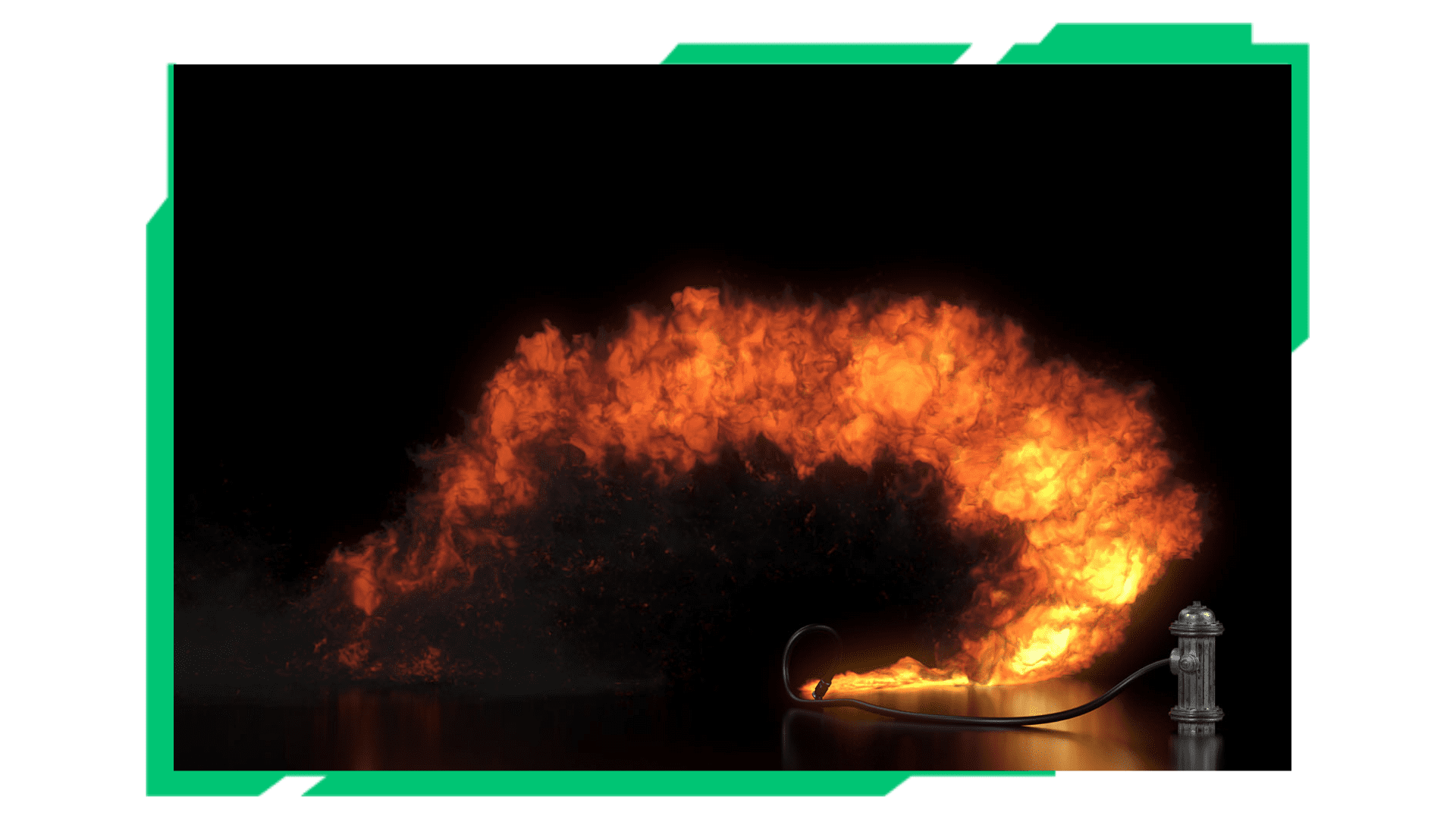

DIRECTABLE
Shots & Multiple Iterations
Houdini lets you make creative decisions deep into production as changes made to Houdini nodes cascade through the network to create a new and unique result. This directability is retained throughout the creative process and can be used to make last minute decisions that would be too costly in a traditional CG pipeline.
POWERFUL
Pipeline in a Box
Whether you are setting up a shot or building a game level, Houdini lets you create tools that can be reused many times during a project’s life cycle. Instead of simply reacting to issues and problems, you will be able to plan ahead and visualize and refine your pipeline.
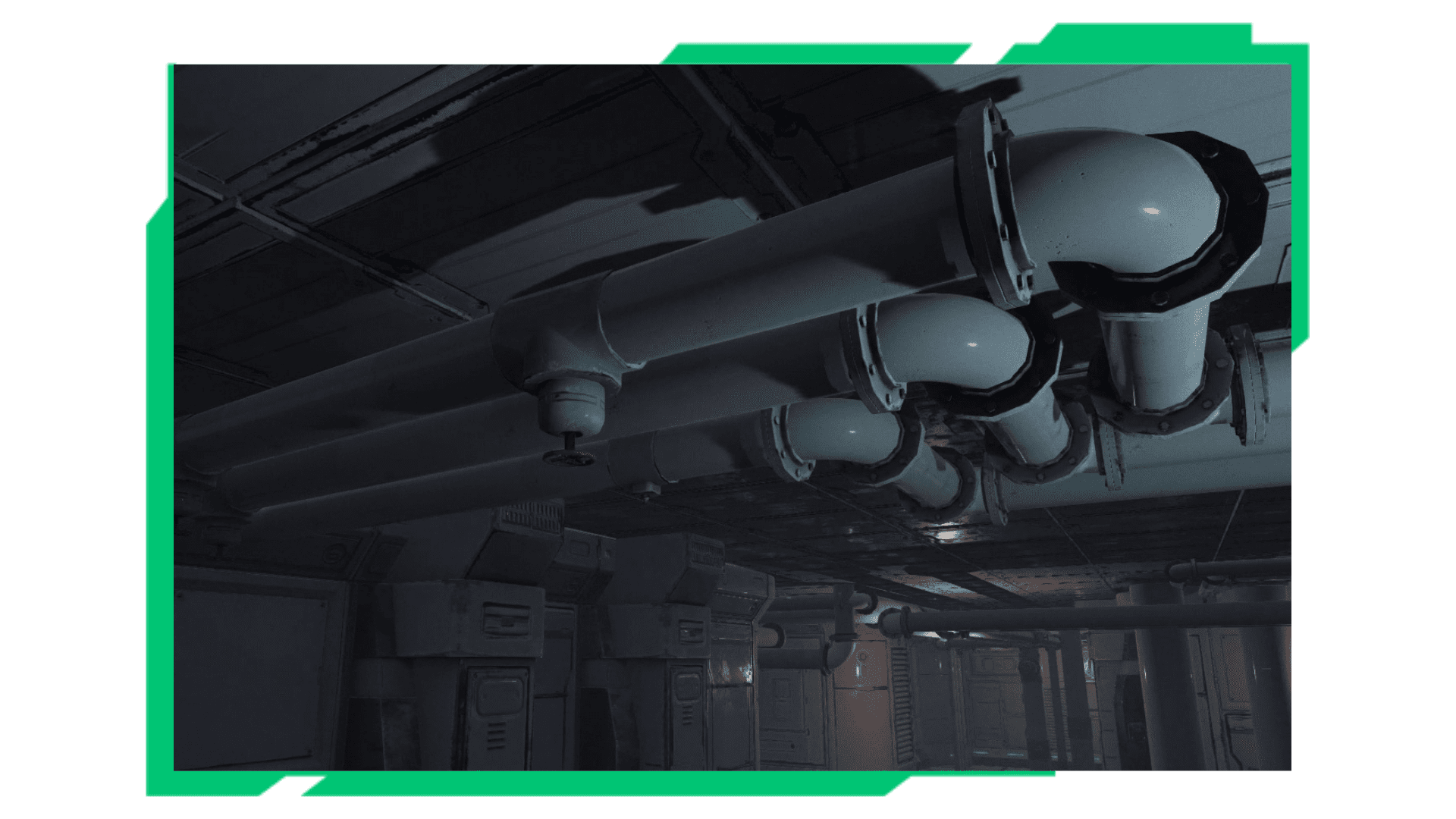
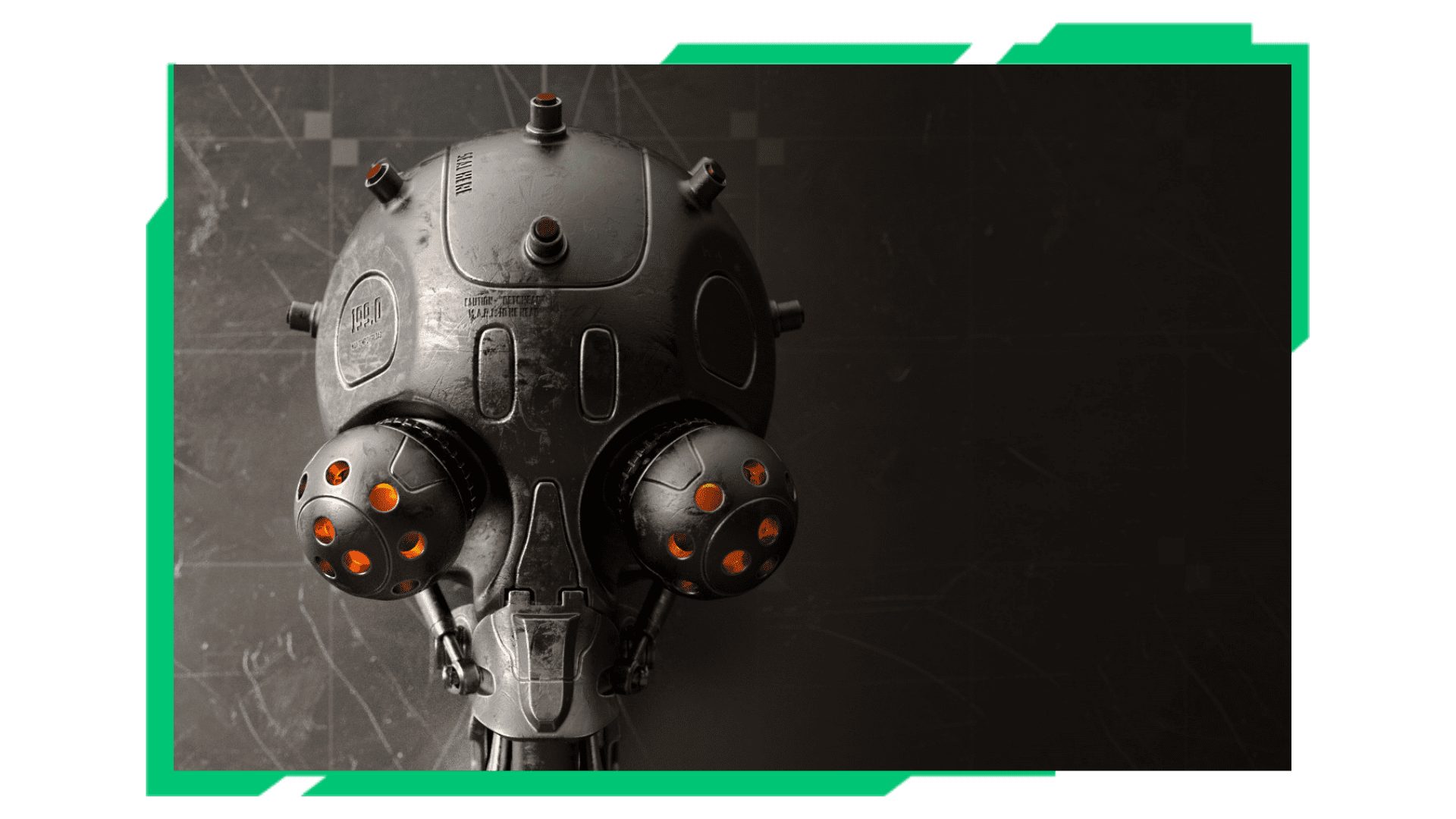
ROBUST
Asset Creation Tools
A big benefit of Houdini’s node-based approach is the ability to encapsulate node networks into custom nodes that are shareable. Create these digital assets without writing any code then share them with other Houdini artists.
With the Houdini Engine, open assets in other applications such as Autodesk Maya, Autodesk 3ds Max, C4D, UE4 and Unity with the asset’s procedural controls available for editing in the host app.

FX FEATURES
Physical Simulation & VFX
Houdini FX combines superior performance and physically realistic dynamic simulation tools to VFX artists creating feature films, commercials or video games. With its procedural node-based workflow, Houdini FX lets you create more content faster to reduce timelines and enjoy enhanced flexibility in all your creative tasks.
Houdini is perfect for Visual Effects artists and technical directors with its particle and dynamics environment. Houdini FX includes all the CORE features for a complete toolset that includes tasks such as lighting, animation or procedural modeling.

PYRO FX
Fire & Smoke
With Pyro FX , Fire and Smoke simulations look more realistic and are faster and easier to set up. The speed gains in Houdini are significant allowing for more iterations. The ability to simulate using the GPU takes things to a whole new level and advances in volume rendering create an impressive final look.
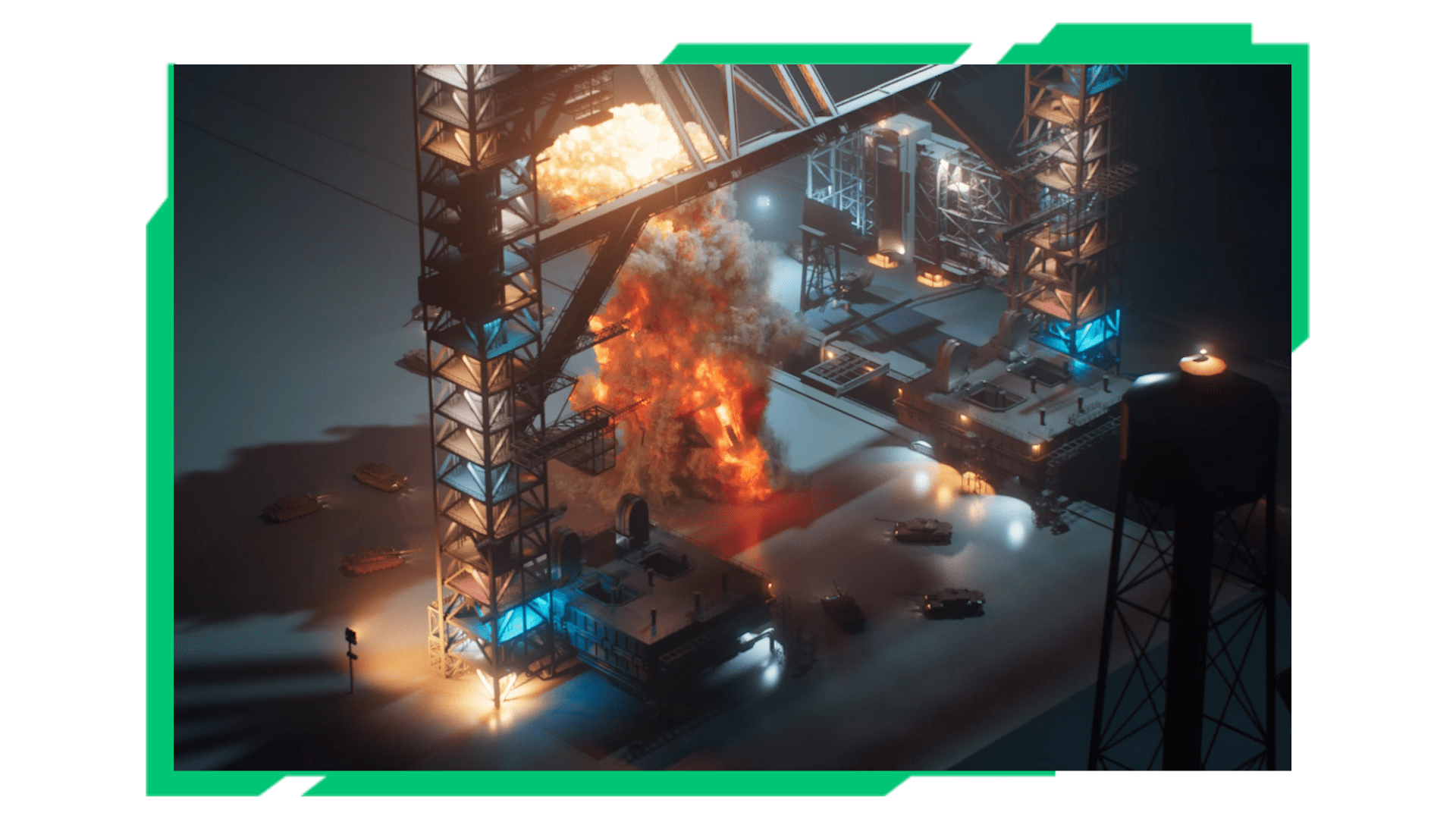


FLUIDS
Water & Liquids
Create realistic sims using forces such as surface tension, viscosity, and visco-elasticity. Particle fluids can be surfaced at the geometry level to produce high quality splashes while fluild forces are used to create white water effects.

PARTICLES
Dynamics
Whether you are creating dust and debris or a flocks of birds, the particle tools in Houdini let you define a clear set of rules using a simple node network made up of sources, forces, attractors and collision objects.



DESTRUCTION FX
Bullet Rigid Body Dynamics
In Houdini FX, you can use the Bullet Rigid Body solver to create highly complex simulations of large data sets. This solver and Houdini’s own solver work with various forces, constraints and collisions for complete control.

FINITE ELEMENTS
Solids
The Finite Element solver analyzes the stresses on an object then either bends or breaks it. FEM can also be used for soft body effects with volume preservation. This solver takes the simulation of digital destruction, and gooey slimy objects, to the next level.
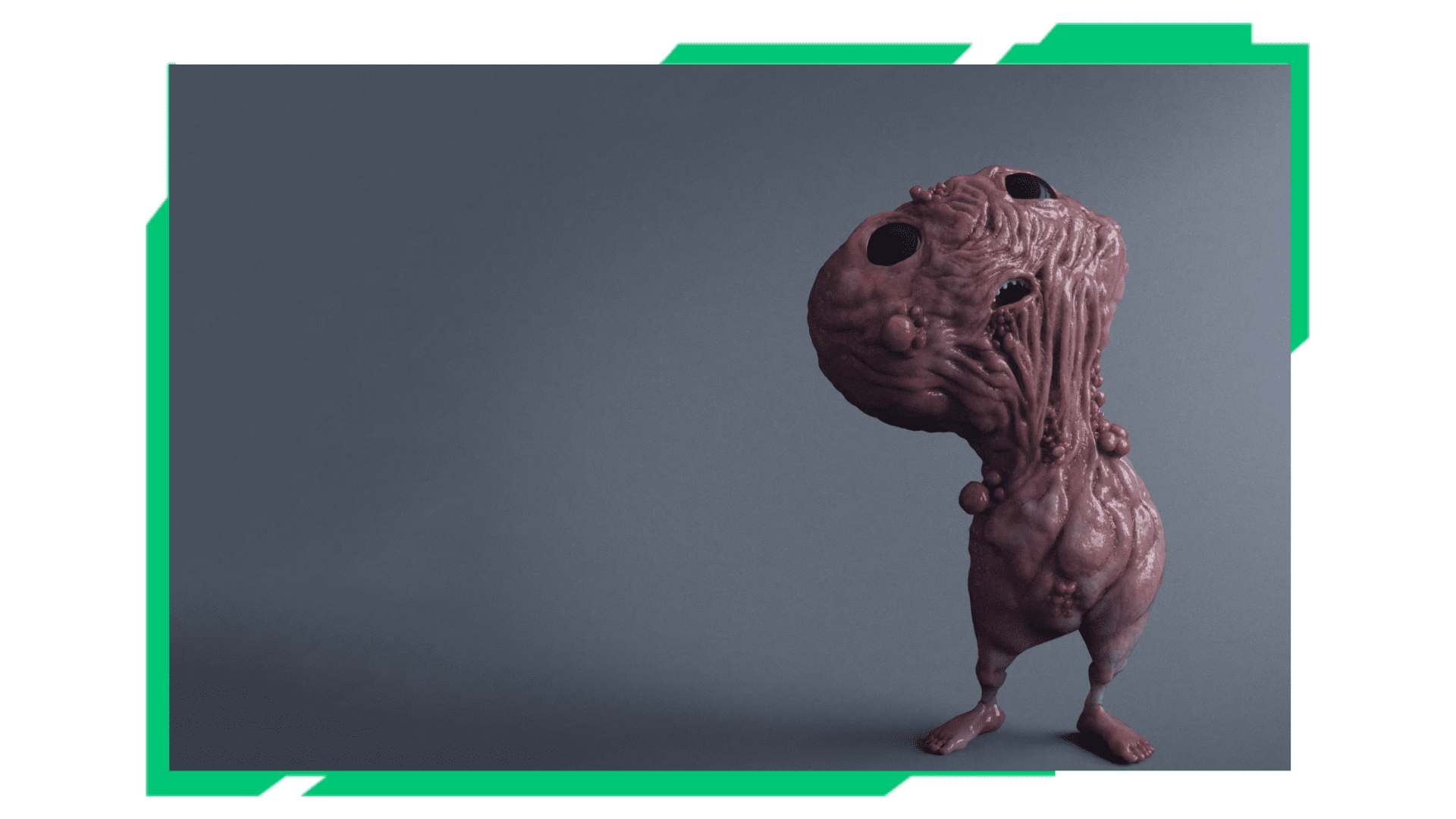


VELLUM
Fast Cloth & Hair
New VELLUM multi-solver brings FAST cloth to Houdini along with other integrated effects such as hair, soft bodies and grains. The Vellum solver is GPU-accelerated and very easy to set up and iterate.

GRAINS
Sand & Snow
Position-Based Dynamics is a multi-physics environment ideally suited to the creation of wet and dry sand. The VELLUM and PBD solvers can run on the CPU or on the GPU using OpenCL. In addition to sand effects, artists can create solids, sheets or tethers to generate soft body, cloth and wire-like simulations.
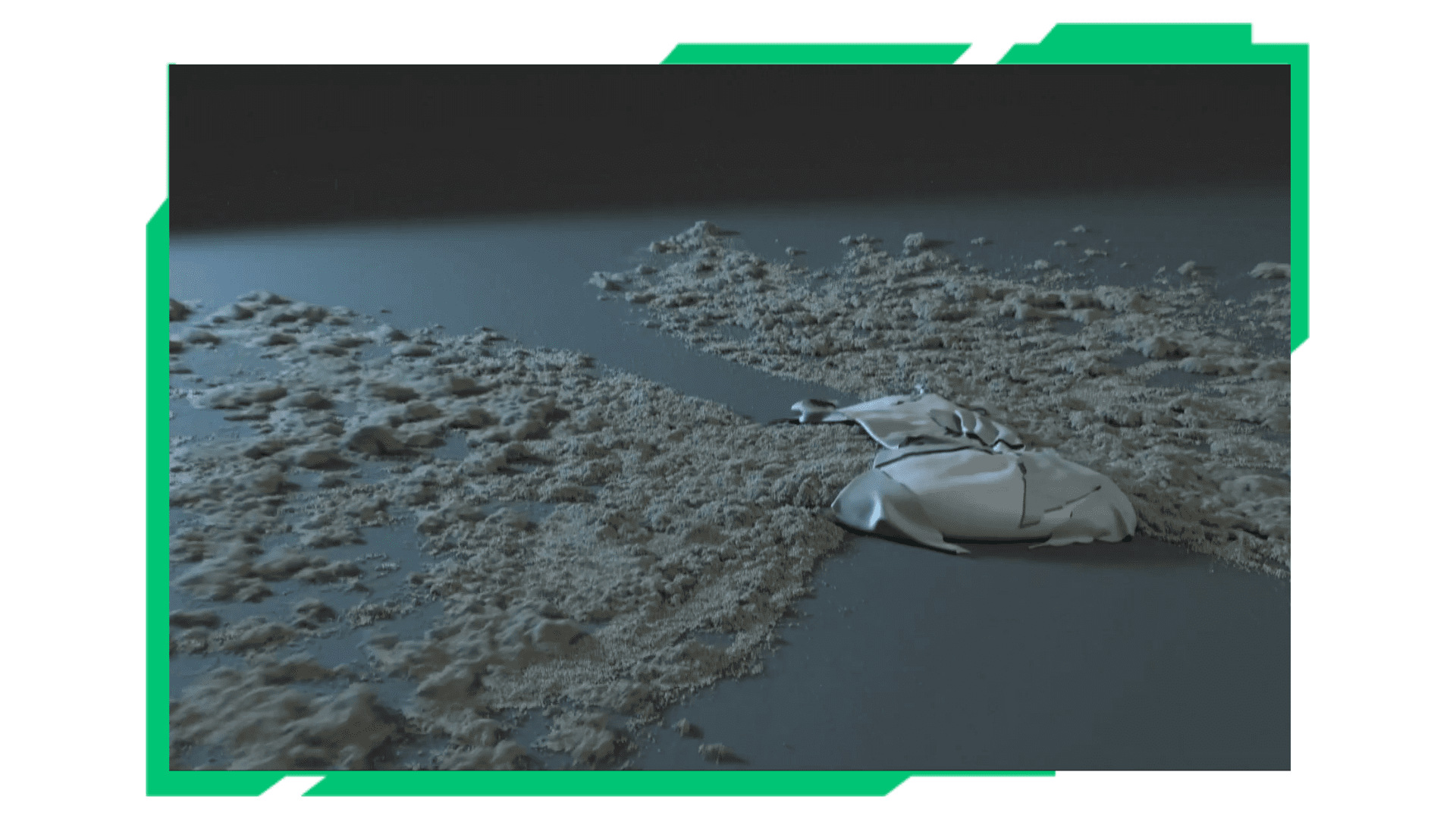


CROWDS
With Rag doll Dynamics
The crowd tools use artist-friendly shelf tools along with packed agent primitives, a Finite State Machine solver, hardware accelerated display of instanced crowds, controls for crowd layout, rag doll dynamics, steering, collision avoidance, terrain adaptation, motion blending, and look-at targets.

CORE FEATURES
Model, Animate, Render and More…
Houdini Core delivers a powerful and accessible 3D animation experience to CG artists creating feature films, commercials or video games. With its procedural node-based workflow, Houdini Core is ideal for modelers, lighters, character riggers and animators to use on its own or as a layout and lighting tool for visual effects created in Houdini FX.
Houdini Core offers a pipeline-in-a-box that lets you easily package up workflows into Digital Assets and share them with colleagues using either Houdini or Houdini Engine plug-ins for apps such as Maya, 3ds Max, C4D, Unity and Unreal.

PROCEDURAL MODELING
Work Smart
Procedural modeling techniques can be used to maintain a robust construction history and to create complex models such as cityscapes, environments and more.


CHARACTER
Animation and Rigging
Houdini offers a complete solution for rigging and animating characters and creatures. These tools include Auto-rigging, Muscle and Flesh, Pose Space Deformation, VELLUM Cloth, Hair and Fur and more. KineFX is a new character toolset designed to provide a procedural foundation for retargeting, motion editing, and in future releases, rigging and animation. The Biharmonic skin capturing will save riggers valuable time while the FEM-based muscles produce highly realistic results.
The node-based approach fits perfectly with the working methodology of a typical character rigging TD. Characters can be easily wrapped up into a pipeline-friendly Digital Asset node to be animated using invisible rigs, the character picker and the pose library.




LIGHTING & LOOKDEV
Houdini’s lighting workflow provides a flexible and powerful environment for managing lights, building shaders and defining the look of a shot. Environment and GI lights work well with Mantra’s physically-based rendering.
NEW IN H18 | Solaris is a suite of look development, layout and lighting tools that empower artists to create USD-based scene graphs that go from asset creation to final render. Solaris integrates with USD’s HYDRA Imaging Framework for access to a wide range of renderers such as the new SideFX Karma [Beta], Pixar RenderMan, Autodesk Arnold, Maxon Redshift and more.
MANTRA RENDERER
Mantra includes scanline, raytracing, and physically-based rendering. Mantra is deeply integrated into Houdini with highly efficient rendering of geometry, instances and volumes.
THIRD PARTY RENDERING
Choose from a wide variety of third party renderers such as Pixar’s RenderMan,® V-Ray, Solid Angle’s Arnold, Redshift and Otoy’s OctaneRender.®
COMPOSITING
Houdini includes a node-based compositor which is perfect for creating slap comps. Lighters can test out render passes before sending plates to artists working with other compositing apps.


HAIR AND FUR
Grooming
The hair and fur framework in Houdini includes grooming tools designed with the artist in mind. Use the Curve Advect tool to set up large scale grooming directions by drawing a few quick curves. Easily add guard or white hairs for animal fur and partition your model into different areas to create local grooms that can be merged into a single fur once you are ready. Then use the VELLUM solver to add dynamics to your fur.

TERRAIN
Generation
Houdini’s terrain system lets you layer and edit terrain easily with tools such as procedural noise, or paint or mask out areas directly. The operations are very similar to image compositing, so terrain artists will find the workflow familiar.
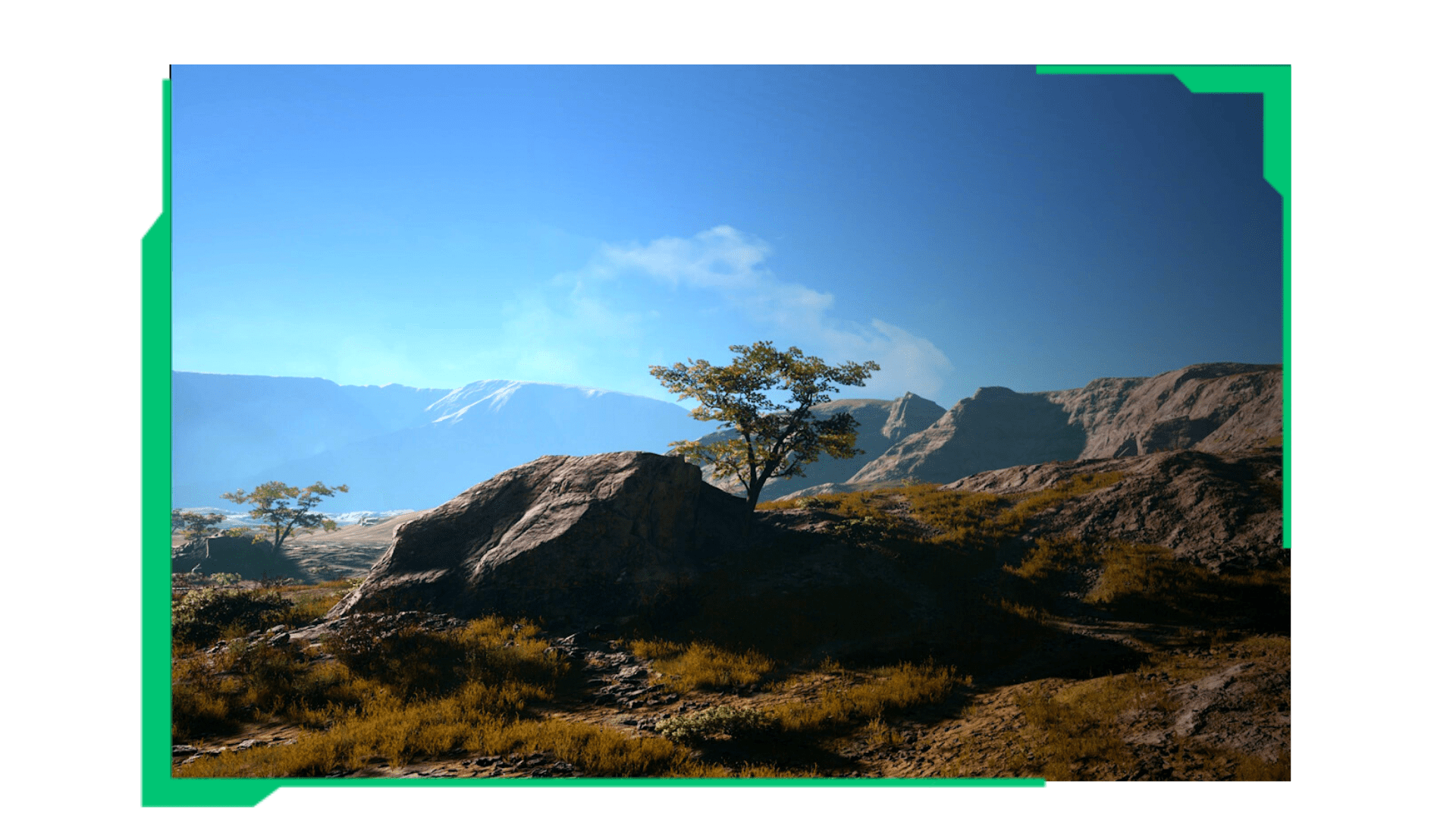

VOLUMES & CLOUDS
Open VDB
The Cloud FX tools offer an artist-friendly way of building, sculpting and rendering cloud formations. This workflow utilizes sparse volume sculpting tools created as part of the OpenVDB open source initiative.

SOLARIS
Lookdev | Layout | Lighting
Solaris is a suite of look development, layout and lighting tools that empower artists to create USD-based scene graphs that go from asset creation to final render. Solaris integrates with USD’s HYDRA Imaging Framework for access to a wide range of renderers such as the new SideFX Karma,* Pixar RenderMan, Autodesk Arnold, Maxon Redshift, AMD ProRender and more.
LOPS
Transitioning Your Lighting Workflow
For Lighting artists, it is easy to bring geometry, lights and cameras into the Solaris LOPS context and set them up for rendering in Karma. Once in LOPS, these elements become USD that can be analyzed in the Scene Graph. You can then configure and export the pieces as USD for use in other shots.
Transition to LOPS

LAYOUT
Transitioning Your Lighting Workflow
For Lighting artists, it is easy to bring geometry, lights and cameras into the Solaris LOPS context and set them up for rendering in Karma. Once in LOPS, these elements become USD that can be analyzed in the Scene Graph. You can then configure and export the pieces as USD for use in other shots.
Edit LOPS
Layout Leaves
LIGHTING
Lighting is a critical element that often carries over from shot to shot. With the LOP nodes in Solaris, you not only have artist-friendly handles in the Stage view but also you can use the Light Mixer to collect and manage multiple lights. Create a light rig for a sequence of shots then tweak the results on a shot-by-shot basis using non-destructive LOP nodes.
Light Handles
Light Controls
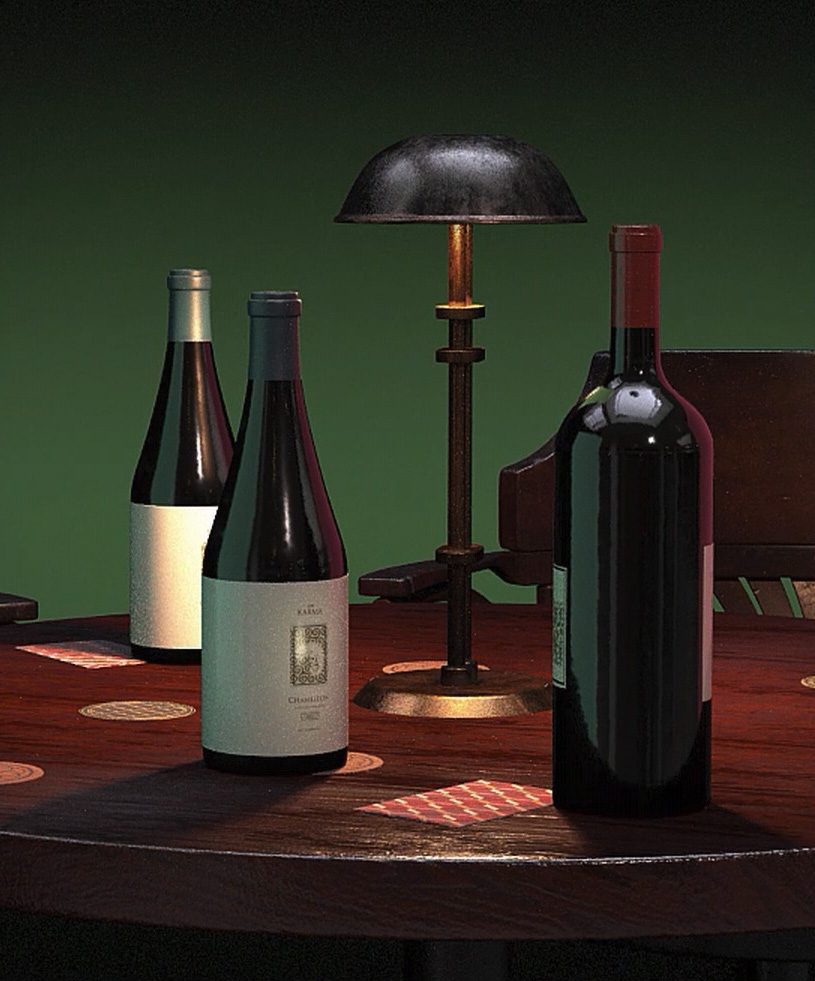
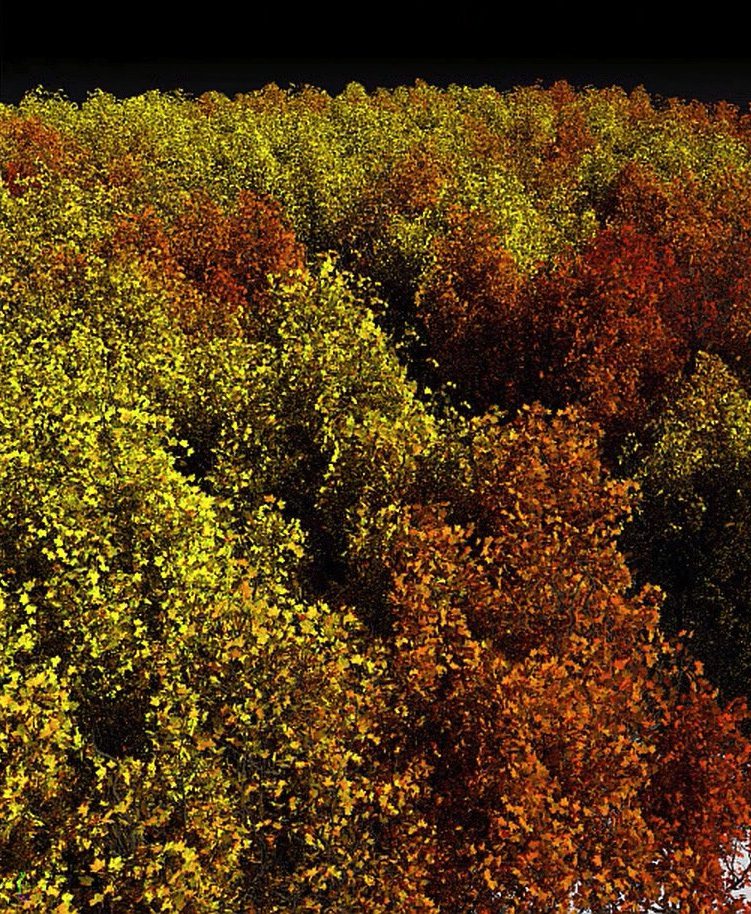
INSTANCING
As shots get very complex, there are situations where repetitive elements can be instanced to efficiently add complexity while noise functions add a natural look to the final shot. LOP nodes in Solaris let you create lots and lots of objects and lights by leveraging the instancing capabilities built into the USD framework.
Instanced Trees
Instanced Lights
PIPELINE / USD
With USD at its core, Solaris is a perfect pipeline tools for lookdev, layout and lighting. USD enables assembly and organization of any number of assets into virtual sets, scenes, and shots and lets you non-destructively edit them with a single, consistent API, in a single scene graph. There are built-in concepts for layering shots, creating variants and managing key aspects of your data flow. In Solaris, you can easily configure USD assets, integrate and layer in FX shots and use the Procedural Dependency Graph (PDG) to distribute tasks to your compute farm for added efficiencies.
USD Configure
Integrating FX with USD
PDG and LOPS
Houdini FX combines superior performance and dramatic, ease-of-use to deliver a powerful and accessible 3D experience. With its procedural node-based workflow, Houdini FX lets you create more content faster to reduce timelines and enjoy enhanced flexibility in all your creative tasks.
Houdini Core delivers a powerful and accessible 3D animation experience to CG artists creating feature films, commercials or video games. With its procedural node-based workflow, Houdini Core is ideal for modelers, lighters, character riggers and animators to use on its own or as a layout and lighting tool for visual effects created in Houdini FX.

